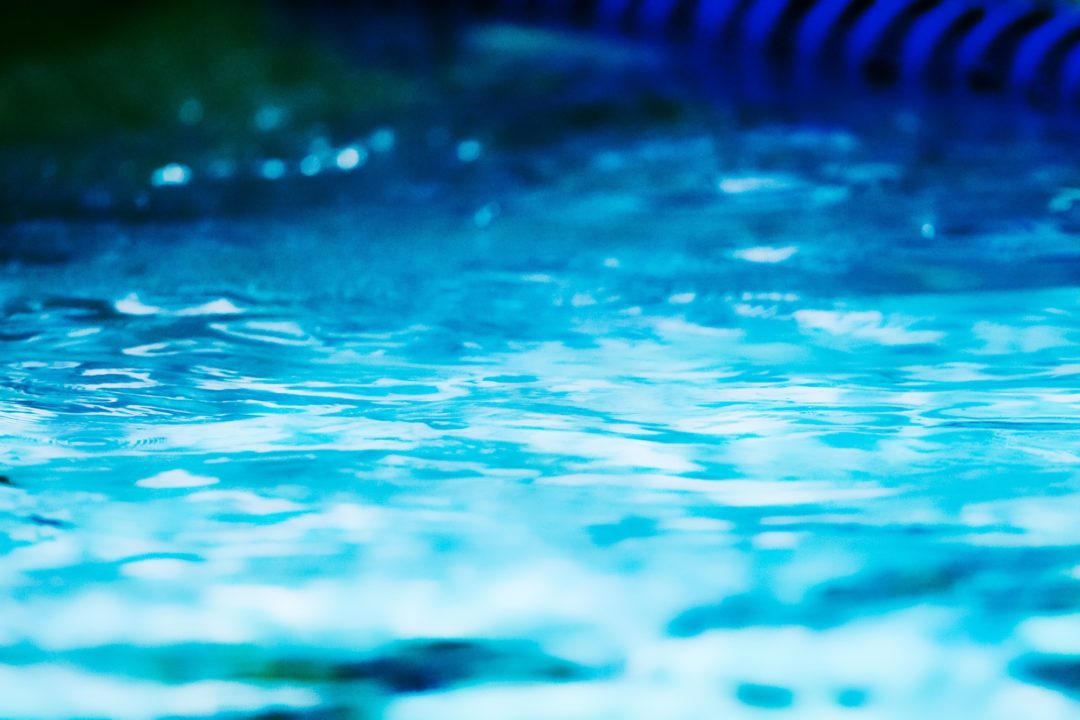The World Anti-Doping Agency (WADA) has completed the second phase of its code overhaul, and presented its review the WADA Executive Committee and Foundation Board over the weekend in Montreal. The new code, expected to take effect in 2015, now has a second “working draft” that will be finalized in phase three.
In the second phase, WADA received 1,350 comments over 107 submissions: 33 from sports authorities, 33 from National Anti-Doping Organizations, 11 from public authorities, and 30 from “other interested parties”. Now, after seeing the updated draft, stakeholders will have from December 1st, 2012 through March 31st, 2013 to give final review and make final comment on the changes to the draft, after which a final copy will be put together and approved. Among the major concerns expecting to be addressed was a seeming lack of global consistency for doping penalties.
Among the major revelations is the strengthening of sanctions for serious violations, which would see increased penalties from two years to four years for use of anabolic steroids, HGH, masking agents, drug trafficking, and prohibited application methods. Anabolic steroids and HGH are not typically the headline-grabbers in swimming, but masking agents (see the Brazilians) are a big issue in about every sport.
One rule that was not a part of the second draft was the controversial Rule 45 of the Olympic Charter. This is the one that mandates an Olympic absence for all doping suspensions of over 6 months, and the one that the Court of Arbitration for Sport found to be in violation of the WADA code.
The theory behind these moves is that if 4-year suspensions are allowed for the most serious doping offenders, that would automatically include at least a 1-Olympic absence (though it would be hard to imagine any elite Olympic athlete not retiring after a suspension of that lenght anyway).
“It is clear from the number of submissions we received, that there is a strong desire in the world of sport, from governments and within the anti-doping community to strengthen the sanction articles in the Code,” explained WADA President John Fahey.
“This second draft has done that, doubling the length of suspension for serious offenders and widening the scope for anti-doping organizations to impose lifetime bans,” WADA President John Fahey said.
“The Code review is intended to increase the effectiveness of anti-doping, and athletes must know that there is a heavy price to pay for intentional doping, that the risks are high. I am confident this draft will deliver that message loud and clear, and that our own stakeholders will agree.”
Other proposals that were not accepted included a submission to remove the necessity for a B sample to backup primary findings, and amendments to the sanctioning process for teams where 2 or more athletes tested positive.
The 2nd draft will be publicly published on December 3rd.
